In Abaqus, heat transfer problems are solved using the energy balance equation and constitutive laws for heat conduction, convection, and radiation. Below are the key equations, assumptions, and boundary conditions typically used for thermal analysis in Abaqus.
Problem definition:
The thin “L‐shaped” steel part shown above (lengths in meters) is exposed to a temperature of 20 centigrade degrees on the two surfaces of the inner corner, and 120 centigrade degrees on the two surfaces of the outer corner. A heat flux of 10 W/m2 is applied to the top surface. Treat the remaining surfaces as insulated.
Heat Transfer Governing Equations in Abaqus
The general heat transfer equation solved by Abaqus is derived from the energy conservation principle:
ρcp∂T∂t=∇⋅(k∇T)+Q+qgen
Where:
- ρ: Material density
[mass/length3] - cp
: Specific heat capacity
[energy/(mass⋅temperature)]
T: Temperature [K or ∘C]
- t
: Time [s]
- k
: Thermal conductivity
[power/(length⋅temperature)]
Q : Heat flux due to convection/radiation[power/length2]
- qgen
: Internal heat generation
[power/length3] [power/length3] (e.g., Joule heating, chemical reactions).
- Key Assumptions
Abaqus thermal analysis relies on the following assumptions:
- Fourier’s Law of Heat Conduction: Heat flux q
is proportional to the temperature gradient:
q=−k∇TNewton’s Law of Cooling (for convection):
qconv=h(T−Tenv)
- h
: Convective heat transfer coefficient
[power/(length2⋅temperature)]
[power/(length2⋅temperature)]
- Tenv
: Ambient/sink temperature.
- Stefan-Boltzmann Law (for radiation):
qrad=ϵσ(T4−Tenv4)- ϵ
: Emissivity
- σ
: Stefan-Boltzmann constant (
5.67×10−8 W/m2K4
5.67×10−8W/m2K4 in SI).
- Material Properties:
- k ,ρ ,cp ,h and ϵ
ϵ are assumed constant or temperature-dependent.
- Transient vs. Steady-State:
- For transient analysis:
∂T/∂t≠0 - For steady-state analysis:
∂T/∂t=0
- For transient analysis:
Heat Transfer Boundary Conditions in Abaqus
Boundary conditions are critical for solving problems:
- Dirichlet (Essential BC):
- Prescribed temperature at surfaces:
T=T0
- Prescribed temperature at surfaces:
- Neumann (Natural BC):
- Prescribed heat flux:
q=q0
- Prescribed heat flux:
- Convection:
- Heat loss/gain to surroundings:
q=h(T−Tenv)
- Heat loss/gain to surroundings:
- Radiation:
- Heat exchange via radiation:
q=ϵσ(T4−Tenv4)
- Heat exchange via radiation:
- Symmetry/Axisymmetry:
- Zero heat flux across symmetric boundaries:
∇T⋅n=0
- Zero heat flux across symmetric boundaries:
- Material Properties
Define these properties in the Abaqus material module:
- Thermal Conductivity (k )
- Density (ρ )
- Specific Heat (cp )
- Convective Coefficient (h )
(for surface interactions)
- Emissivity (ϵ )(for radiation)
- Common Analysis Types
- Steady-State Heat Transfer:
- Solve
∇⋅(k∇T)+Q+qgen=0 - Used for equilibrium temperature distributions.
- Solve
- Transient Heat Transfer:
- Solve
ρcp∂T∂t=∇⋅(k∇T)+Q+qgen - Requires time increments and initial conditions (
T(t=0)
- Solve
- Coupled Thermal-Stress Analysis:
- Solve heat transfer and mechanical deformation simultaneously (e.g., thermal expansion).
- Key Assumptions in Abaqus
- Linear vs. Nonlinear:
- Linear: Constant material properties (e.g.,k,
cp - Nonlinear: Temperature-dependent properties.
- Linear: Constant material properties (e.g.,k,
- Radiation: Often simplified using view factors or ignored if convection dominates.
- Lumped Capacitance: Not directly used (Abaqus solves spatially varying temperature fields).

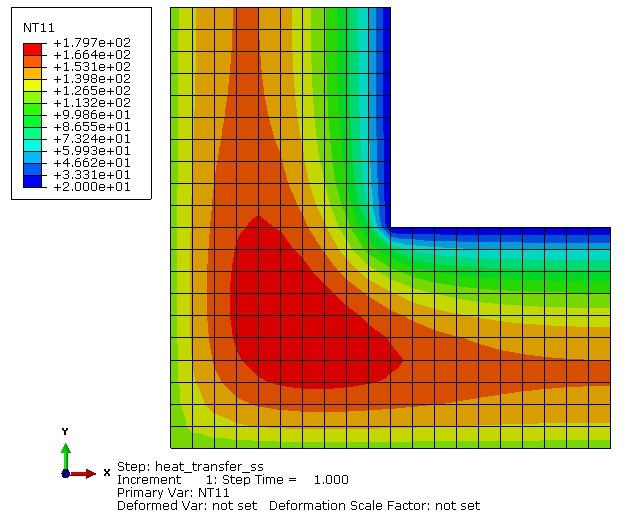
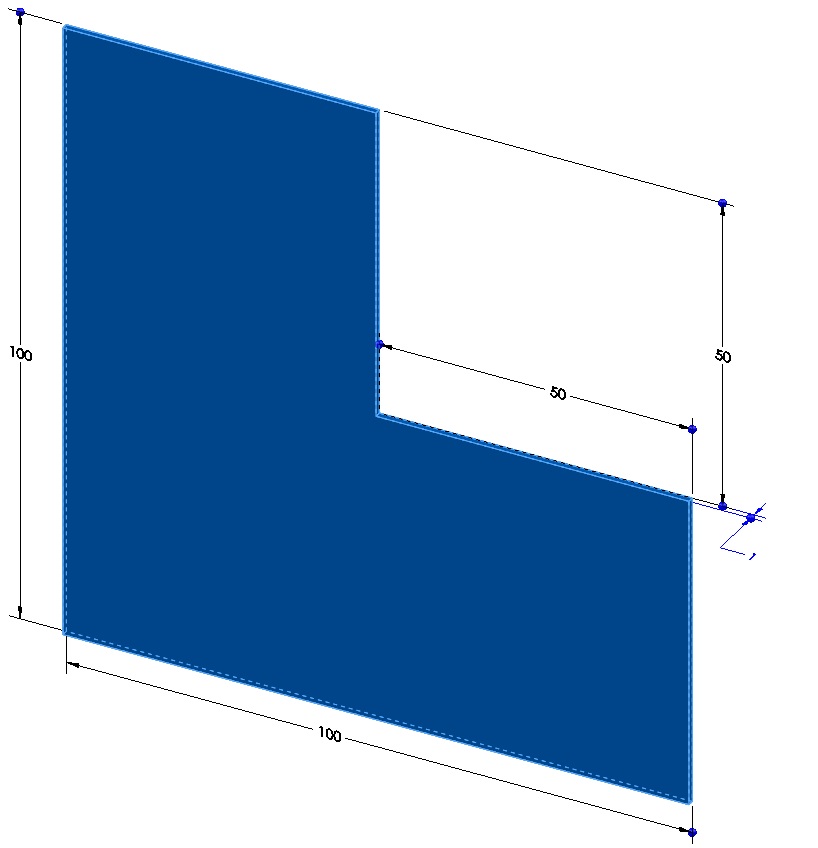
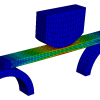
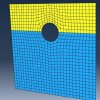
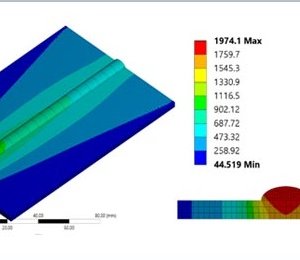

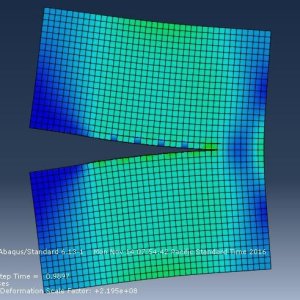
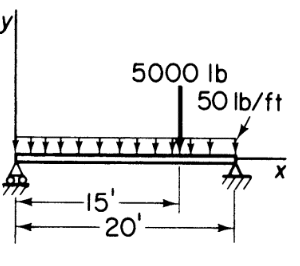
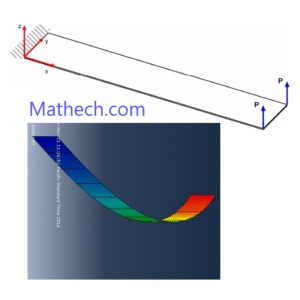
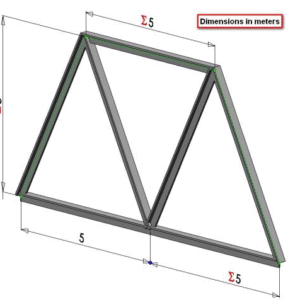

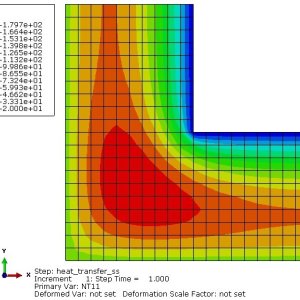
Ryan Lee –
This tutorial was very clear. The step on defining material properties was especially helpful. It saved me a lot of time.
Lisa Park –
This was a very useful post. The tip on checking thermal contours for accuracy was something I had missed before.
Jennifer lea –
our pictures and explanations made it simple to follow. I completed my first heat transfer analysis successfully.
Brenda Hill –
Excellent guide for beginners. I finally understand how to set up a thermal boundary condition correctly. Thank you.
Carlos Mendez –
The section on meshing for thermal analysis was great. Using a finer mesh in key areas really improved my results.
Thomas Wright –
I learned how to apply convection and radiation. The step-by-step format made a complex topic much easier.
David Kim –
Your instructions for the predefined field were perfect. My model started from the correct initial temperature.